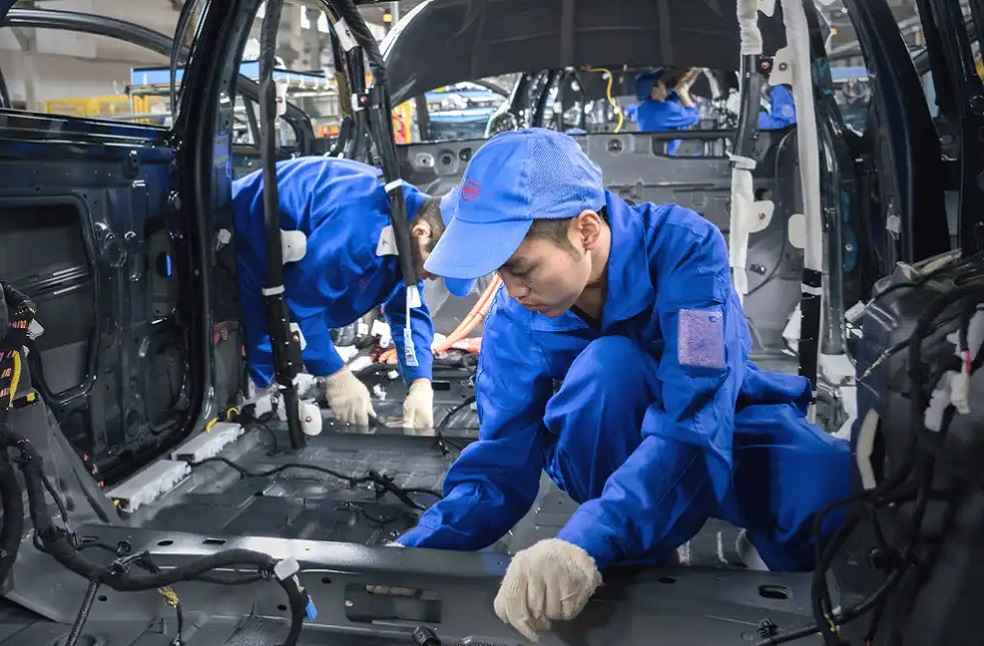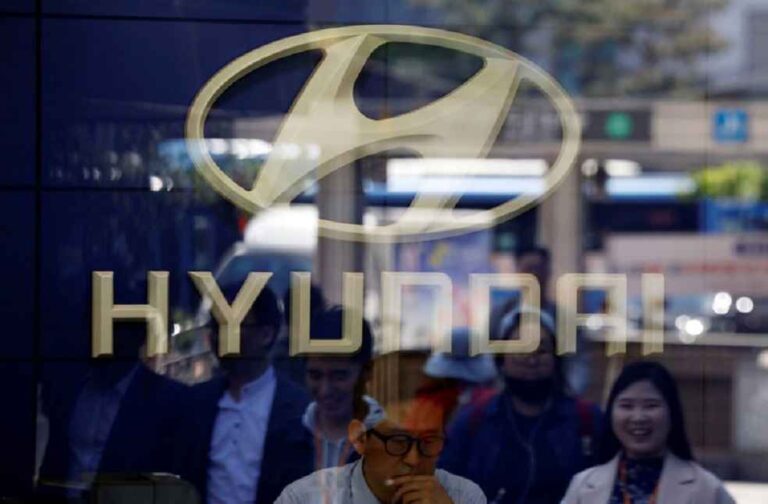Hyundai Motor and Toyota, two automotive giants, grapple with the tumultuous waves of China’s vast auto market, each carving a distinctive path. Hyundai, grappling with turbulent waters, has been exploring outsourcing strategies, inking discussions to produce local Chinese electric vehicle (EV) brands. Meanwhile, Toyota’s vessel seems to have caught a favorable wind, rebounding with enhanced promotional sails within a mere four months.
Per a recent Reuters report, Beijing Hyundai Motor, a Hyundai affiliate, embarks on an innovative trajectory, orchestrating negotiations to produce the ‘Arcfox’, an electric vehicle from China’s Beijing Automotive Industry Group (BAIC). This strategic direction signifies Hyundai’s first venture into the realm of crafting a local Chinese auto brand.
This tactical shift underscores Hyundai’s ambition to bolster its position, circumventing obstacles by crafting vehicles for a distinct brand. Hyundai’s journey is marred by the icy winds of languid local sales, evidenced by their drastic revisions to the minimum bidding price for the Chongqing plant. This behemoth investment now looms with a valuation of a staggering 2.25 billion yuan ($307.6 million), a significant departure from the initial listing, as the allure for potential buyers seems scarce.

On the flip side, Toyota’s trajectory showcases a commendable resurgence. The September sales logbook illustrates Toyota’s success, recording a 2 percent sales growth, tallying up to 176,000 units sold. Their sails catch the wind, driven by robust sales endeavors focusing on compact sports utility vehicles (SUVs) and the successful launch of the midsize electric sedan ‘bZ3′, a collaboration with local EV maestro, BYD.
The journey for Japanese automakers, including Toyota, isn’t all smooth sailing. A broader lens reveals an undercurrent of challenges, with analysts citing Mitsubishi Motors’ decision to dock away from Chinese factories, forewarning the possibility of a reevaluation tide within the operational strategies of the Japanese automotive fleet in China.

This unfolding saga of Hyundai and Toyota illustrates a vivid tapestry of strategies and outcomes, shaping the contours of their journey in the world’s largest automotive marketplace. As they navigate through the unpredictable currents of the Chinese auto market, the global automobile industry keenly watches, waiting to see which vessels will triumph in these challenging seas.
DON’T MISS | India Targets 2027 to Dethrone China in Global Auto Manufacturing





